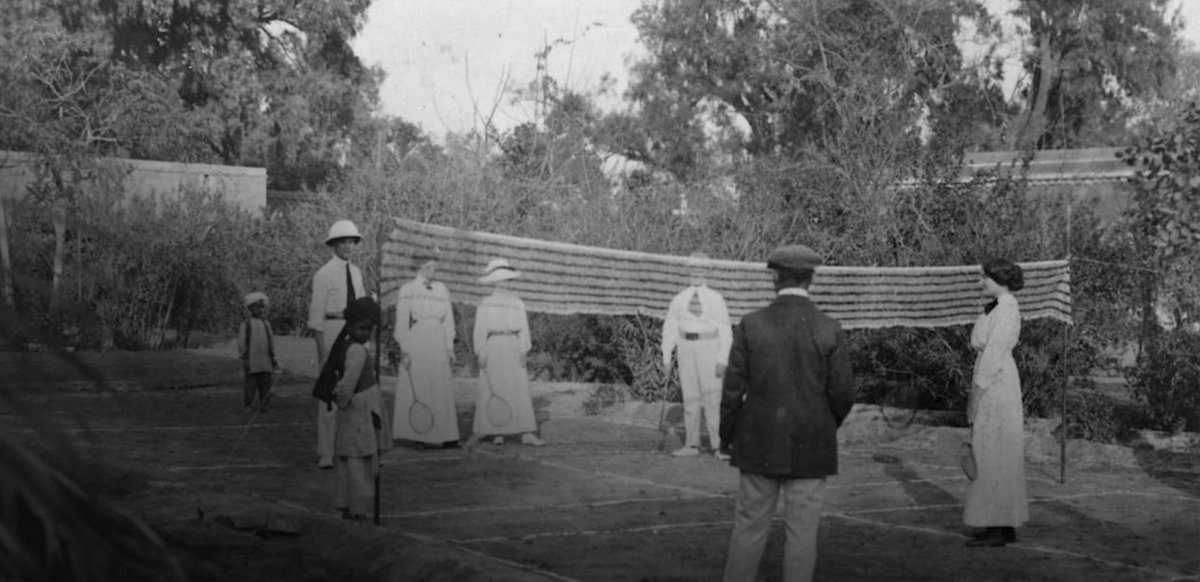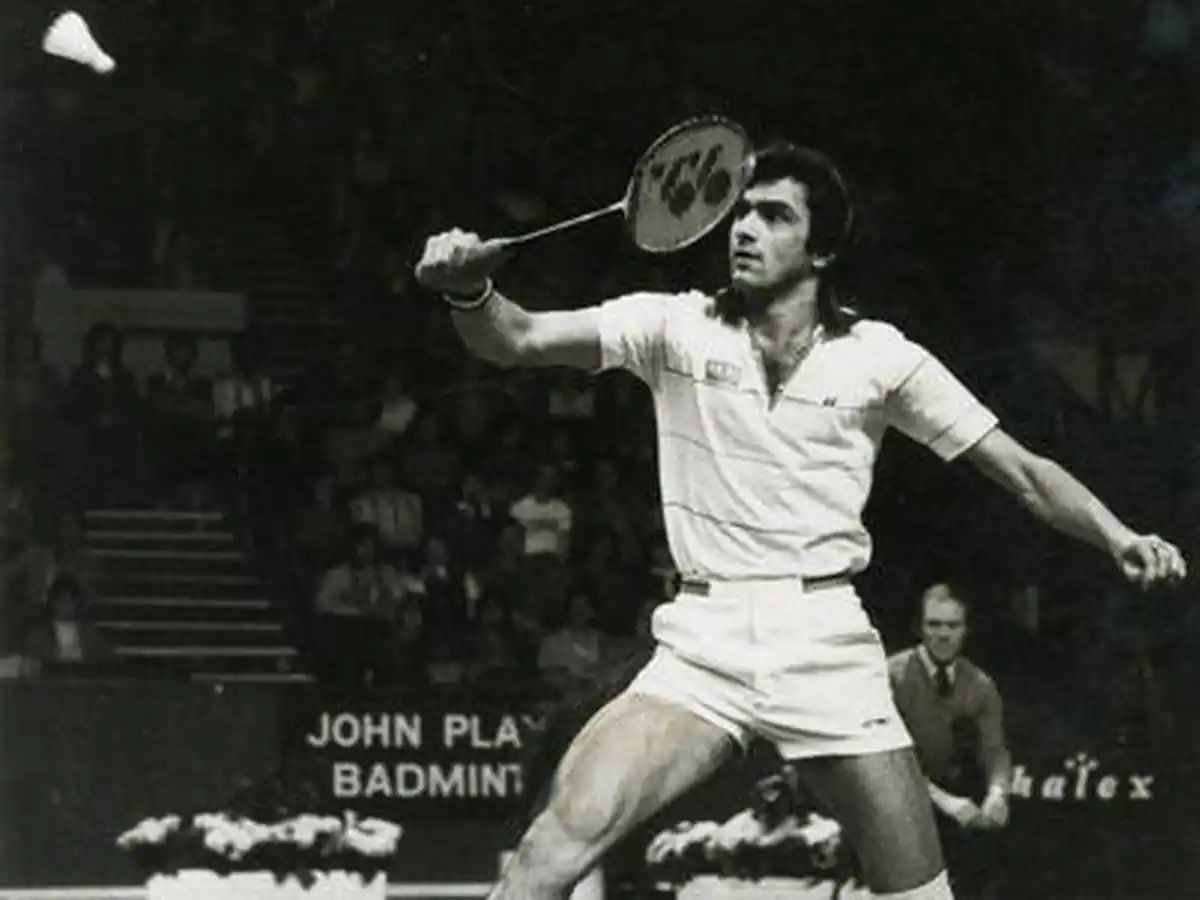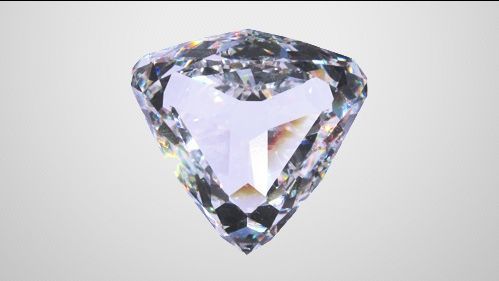
#DidYouKnow that the modern version of badminton originated in ‘Poona’, or Pune in Maharashtra? It was a pastime for bored British army officers, their families and friends, and was first played in the backyards of their sprawling bungalows. 1/7
#Badminton #sports
#Badminton #sports

Invented in the mid-19th century, badminton was named ‘Poona’ after the city of its origin. But its earliest version goes back 2,000 years to a game called jeu de volant, played in #Greece and #China. Here, a shuttle-like object was smacked with the feet. 2/7
In Poona, #British officers changed the sport radically by introducing a net to divide the court. They also used a leather shuttlecock, which they hit with wooden racquets. This version of the game was first played in 1867. 3/7 #Indianhistory 

‘Poona’ became ‘badminton’ when Army officer Henry St Clair Wilkins took the sport to #England. After quickly becoming popular among army officers there, it soon attracted the attention of the 9th Duke of Beaufort, Henry Somerset. 4/7
It was the Duke who called the game ‘badminton’ after his country estate, Badminton House, in Gloucestershire, England. Alas, its Indian origins were soon forgotten. From there on, the sport became popular all over Europe. 5/7 

But even before ‘Poona’ was invented, ‘ball badminton’ was being played by the royal family of Tanjore in South India. It was played with the same kind of wooden racquet and used a soft and lightweight woollen ball instead of a shuttlecock. 6/7
Ironically, ball badminton was so popular in South India that it was preferred over ‘shuttle badminton’, even after the 1970s, when Prakash Padukone put India on the international badminton map. 7/7. Full story here: livehistoryindia.com/story/places/p…
• • •
Missing some Tweet in this thread? You can try to
force a refresh

















